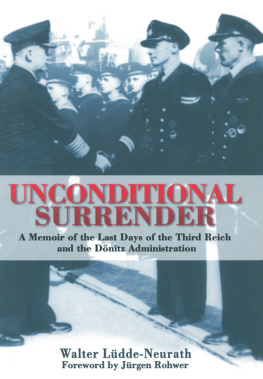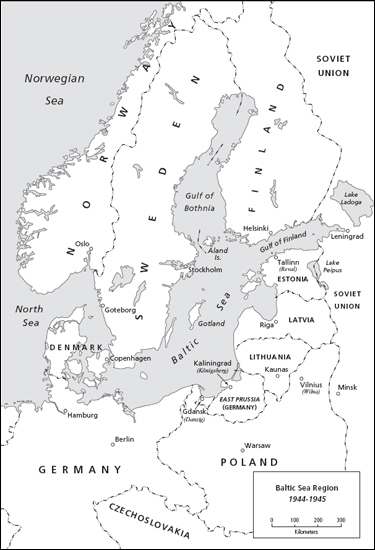David Grier - Hitler, Dönitz, and the Baltic Sea: The Third Reich’s Last Hope, 1944–1945
Here you can read online David Grier - Hitler, Dönitz, and the Baltic Sea: The Third Reich’s Last Hope, 1944–1945 full text of the book (entire story) in english for free. Download pdf and epub, get meaning, cover and reviews about this ebook. year: 2007, publisher: US Naval Institute Press, genre: History. Description of the work, (preface) as well as reviews are available. Best literature library LitArk.com created for fans of good reading and offers a wide selection of genres:
Romance novel
Science fiction
Adventure
Detective
Science
History
Home and family
Prose
Art
Politics
Computer
Non-fiction
Religion
Business
Children
Humor
Choose a favorite category and find really read worthwhile books. Enjoy immersion in the world of imagination, feel the emotions of the characters or learn something new for yourself, make an fascinating discovery.

- Book:Hitler, Dönitz, and the Baltic Sea: The Third Reich’s Last Hope, 1944–1945
- Author:
- Publisher:US Naval Institute Press
- Genre:
- Year:2007
- Rating:3 / 5
- Favourites:Add to favourites
- Your mark:
Hitler, Dönitz, and the Baltic Sea: The Third Reich’s Last Hope, 1944–1945: summary, description and annotation
We offer to read an annotation, description, summary or preface (depends on what the author of the book "Hitler, Dönitz, and the Baltic Sea: The Third Reich’s Last Hope, 1944–1945" wrote himself). If you haven't found the necessary information about the book — write in the comments, we will try to find it.
In examining that strategy, Grier answers lingering questions about the Third Reichs final months and also provides evidence of its emphasis upon naval affairs and of Admiral Karl Donitzs influence in shaping Hitlers grand strategy. Donitz intended to starve Britain into submission and halt the shipment of American troops and supplies to Europe with a fleet of new Type XXI U-boats. But to test the new submarines and train their crews the Nazis needed control of the Baltic Sea and possession of its ports, and to launch their U-boat offensive they needed Norway, the only suitable location that remained after the loss of France in the summer of 1944.
This work analyzes German naval strategy from 1944 to 1945 and its role in shaping the war on land in the Baltic. The first six chapters provide an operational history of warfare on the northern sector of the eastern front and give evidence of the navy s demands that the Baltic coast be protected in order to preserve U-boat training areas. The next three chapters look at possible reasons for Hitlers defense of the Baltic coast, concluding that the most likely reason was Hitlers belief in Donitzs ability to turn the tide of war with his new submarines. A final chapter discusses Donitzs personal and ideological relationship with Hitler, his influence in shaping overall strategy, and the reason Hitler selected the admiral as his successor rather than a general or Nazi Party official. With Griers thorough examination of Hitlers strategic motives and the reasons behind his decision to defend coastal sectors in the Baltic late in the war, readers are offered an important new interpretation of events for their consideration.
David Grier: author's other books
Who wrote Hitler, Dönitz, and the Baltic Sea: The Third Reich’s Last Hope, 1944–1945? Find out the surname, the name of the author of the book and a list of all author's works by series.








